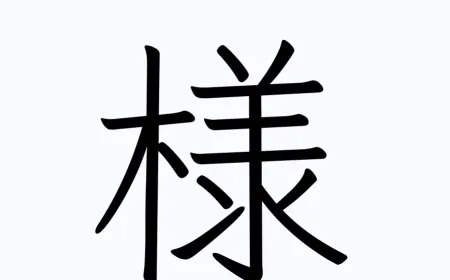Saisen culture when going to temples and pagodas
When going to temples or sacred places, it is common sense that there are money boxes for prayer placed somewhere, right?

We will put money in it, then pray for what we want will come true. But what is the original meaning of Osaisen, do you know? In addition, what is the act of dropping money before praying?
Saisen has 2 forms. Saisen with rice is represented by the act of flinging rice that is already wrapped in paper bags in front of the gods. Unfortunately, this traditional form has been replaced by coins due to the spread of currency usage across the country.
Saisen is often visited by tourists or residents who wish to pray something from the gods. Offering money to the gods to express the expectation of a response to one's own vows and the amount of money more or less depends on the heart of the person performing the Saisen.
The Saisen money box is designed with wooden or metal bars with two extra bars on the top of the box to prevent the act of taking money from the box. This money contributes a significant part to the maintenance work for that temple or pagoda, especially at the beginning of the year.
Perhaps you are not a person who cares much about making a vow because you think it is unrealistic, for example. However, Saisen or any form of prayer is a form of respect that you send to the gods who have protected that sacred place.
Don't worry too much about the amount of Saisen, this is completely optional, so it's best to show your respect, especially in a country that always places the highest place for history like Japan please.
--------------------------
Injavi.com - Visit in Japan
Related Products








































































































